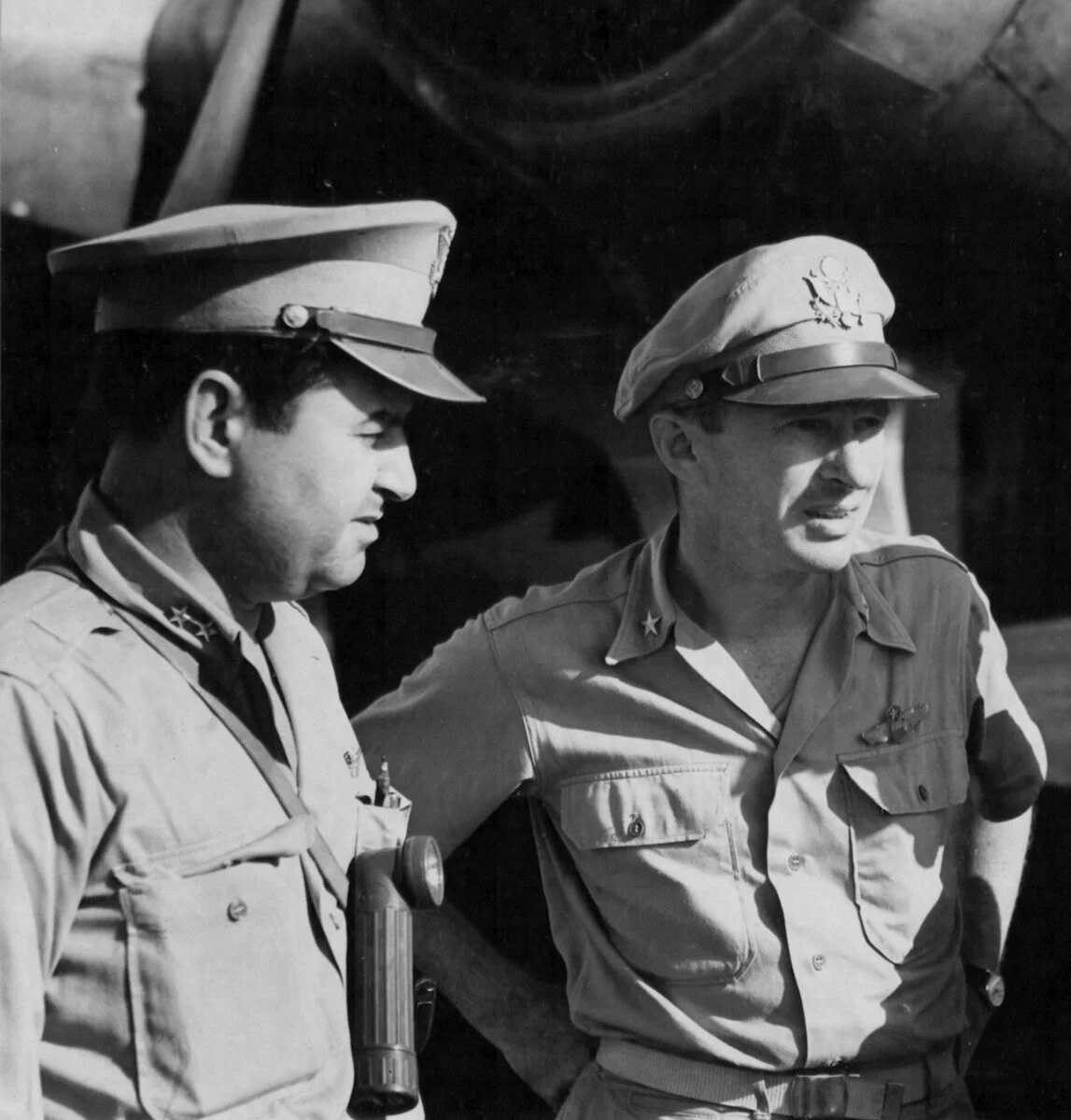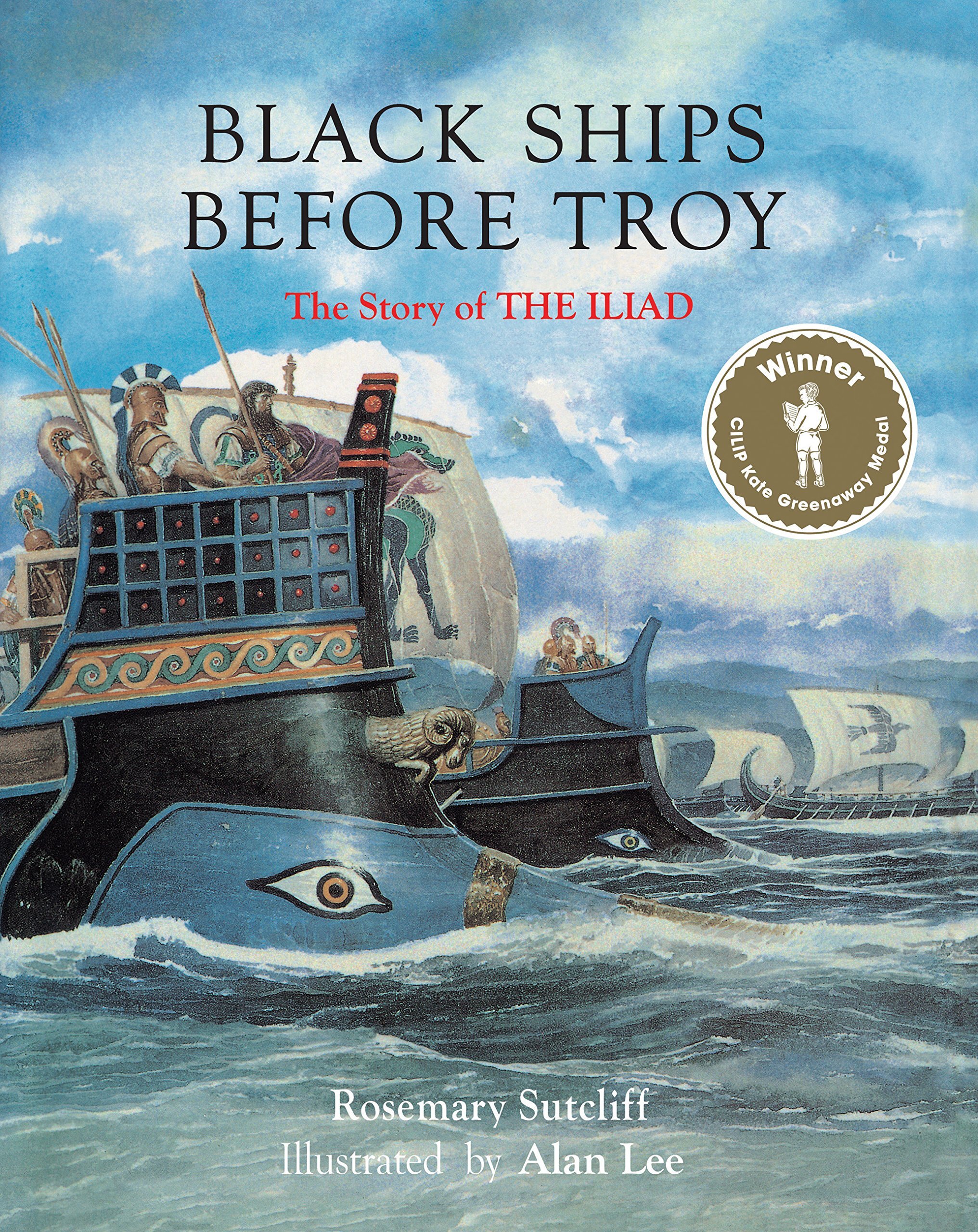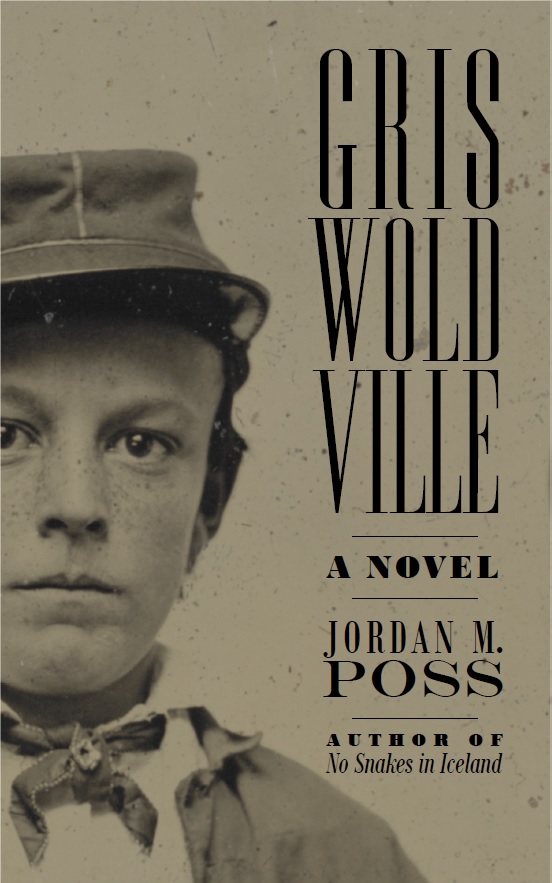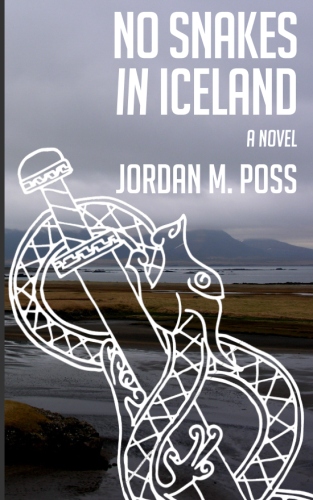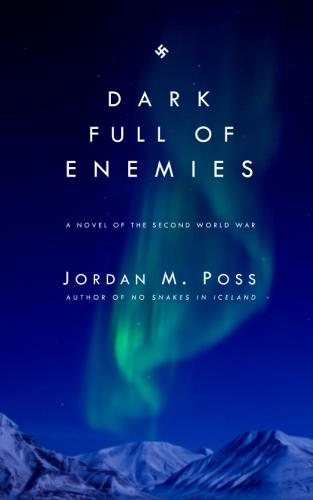The Rocketeer at 30
/Here’s an appreciation that’s been a long time coming—growing off and on for thirty years (thirty years exactly on the 21st of this month), through nearly every phase of my own life from childhood to middle age and now extending into the childhoods of my children, and finally prompted by video essays by two of my favorite YouTubers. The subject: a modest action adventure from Disney, back when Disney still produced modestly sized movies, that is nonetheless masterfully crafted and rich with detail, not to mention a ripping good story. That film is The Rocketeer.
The movie
If you haven’t seen The Rocketeer, go and do yourself a favor and watch it. If you have seen it, a summary shouldn’t be necessary, but I’ll provide a short one here out of a sense of duty.
The film takes place outside Los Angeles in the fall of 1938, with Europe a year away from war (the Munich Agreement would have been signed just before our story takes place) and America rather insistently at peace. Our hero is Cliff Secord, a young pilot. When we meet him, he and a bunch of buddies at a rural airfield are taking their brand-new racing plane out for a spin after years of scrimping up what they can from crop-dusting and performing stunts at airshows. A police chase involving the FBI and gangsters with stolen merchandise—some kind of secret “gizmo”—intrudes, wrecking Cliff’s plane and almost killing him. He and his pals, right on the cusp of long-awaited great things, have just been set back years.
But then Cliff and his mentor Peevy discover something hidden in the cockpit of a superannuated biplane that they use for the humiliating “clown act” at airshows: a rocket pack. Cliff and Peevy intuit quickly that it’s designed to be strapped to a pilot’s back for rocket-speed flight. They test it, Peevy tinkers with it, and at the next airshow they are forced to give it a trial run to save an elderly and ailing pilot’s life. It’s a glorious success—but it also brings Cliff and his pals to the attention of the gangsters who were after the thing in the first place, the federal authorities who are hunting them, the industrialist who designed the rocket pack and is trying to recover it, and the highly-placed money behind the gangsters—and even his bosses far, far away.
The plot also sweeps up Cliff’s aviation buddies, including Peevy, Cliff’s beautiful girlfriend and aspiring actress Jenny, and their friends from around the airfield.
From this point forward The Rocketeer is a chase, a swashbuckler, a Flash Gordon adventure, an espionage thriller, a ritzy Hollywood chamber drama, and a gradually unfolding and ever escalating mystery. It’s great.
What makes The Rocketeer great
Why is it great? I can give you a short answer in three words: love, fun, and craftsmanship. Let’s start with the latter two.
First, The Rocketeer is a ton of fun. The period setting, the cast of characters, the heinous and varied villains, the combined dash of classic aviation and romance of classic Hollywood, the high stakes conflict boldly attacked by a spirited young hero who is still finding his calling and learning what is best in life—all contribute to the fun. All tell us, unequivocally, this is an adventure.
For me, the setting is a big part of the appeal. The trappings of the late 1930s are fun—the cars, the clothes, the hats, the planes, the music, the slang (“He hangs one on my kisser and you let him waltz?”), the guns (see below), the payphones and hatchecks and rumble seats, the look of the buildings from the hangars to the nightclub, and, relatedly, all that Art Deco design. The whole movie has a canvas, leather, and steel rivet chic that I’ve heard called dieselpunk. It’s beautiful. All the best of late 1930s material culture is here, and if you’ve ever fancied wearing a fedora (a real fedora, not the hipster hat, which is actually a trilby) and a trenchcoat under the cool light of the moon on a dark street corner, there’s something in The Rocketeer that you’ll like to look at.
But the setting also enriches the tone and dramatic subtext of the film. This is America late in the Depression, on the cusp of World War II but still at peace. This is also an era of change and potential. Everywhere we see the old alongside the new: Peevy’s truck and Cliff’s motorcycle, the biplane Miss Maibel and the Gee Bee, the oil derricks and orange groves of rural Los Angeles and the encroaching glitz of Hollywood. You can see this clearly in the film’s villains. The early villains, an Italian mob, are a known quantity—part of the status quo. Everyone knows who they are and what threat they represent. Howard Hughes is even a bit dismissive of them, calling them “hired muscle.” The film’s brilliant third act revelation of the real villains, the Nazis, points toward a terrifying new unknown.
And that’s another aspect of the setting that works gangbusters—there may have been more evil people or more lethal regimes, but there is no better screen villain than the Nazis. Just ask Indiana Jones.
The revelation of Nazi involvement in the plot also points toward the second thing that makes The Rocketeer so great, which is its craftsmanship.
The plot is perfectly structured, with a steady series of revelations that raise the stakes. Look at how the story progressively intensifies. First we have Cliff just trying to get ahead, then he and his friends are set back by unrelated mob crime, then he publicly rescues a friend using the rocket pack, then not only the mob and the FBI but an unstoppable ogre of a man begin pursuing Cliff, then not only Cliff but Jenny are endangered as Neville Sinclair tries to seduce her, and, the final revelation—the rocket pack isn’t just a MacGuffin for Cliff or the mob or even Neville Sinclair himself to chase, it’s the chosen tool of world domination by the Nazis. By the climax of the film all of the various plot threads have come together and the tension is at fever pitch, the stakes as high as they can go. It’s brilliantly done.
Furthermore—and this is especially important—nothing in the film comes out of nowhere. Everything that matters to the story, from plot points and important props (e.g. chewing gum) right down to jokes and incidental details, is properly set up earlier in the story. Consider Eddie Valentine and his gangsters’ turn on Neville Sinclair at the end. The film has already shown us the tensions in this patron-client relationship and the threat presented by the Nazis, so Eddie’s change of heart isn’t so much a change as the natural and rational step for his character to take given what he has just learned. For this moment to work so well takes the craft and dedication not only of the screenwriter but the director and editor. The Rocketeer, like Cliff’s jetpack, is a well-engineered and smoothly running machine.
So there’s the craftsmanship put into the story, but everything else in the film is finely crafted, too. The production design is stellar. The sets and costumes, from the dingy overalls at the airfield to the black tie and ballgowns at the nightclub, and most especially the Rocketeer’s costume—everything looks fantastic, helped along by Hiro Narita’s beautiful and classically-styled cinematography. The special effects, by ILM, for whom director Joe Johnston had previously worked on the first two Indiana Jones films and all three Star Wars films, are also the best possible for their time, with the climactic Zeppelin sequence being especially convincing and thrilling.
And, of course, there is the cast. The Rocketeer is perfectly cast, not only with good actors from the stars to the extras but with actors who are right for their roles. Even here all of The Rocketeer’s parts fit together smoothly. Billy Campbell is pitch perfect as Cliff, with just the right dash of cockiness and daring to complement his earnestness and naivete; Jenny could easily have been an eye-candy role, but Jennifer Connelly imbues her with life and drive, not to mention her own kind of daring and a radiant, classic Hollywood femininity; Timothy Dalton proves an outstanding villain, showing depth and layers of deception without simply being a caricature of a snobbish actor; and Alan Arkin is wonderful as Peevy (about which more below).
The supporting cast is also excellent, and rather than gush for another thousand words let me focus on three standouts. First, Coen brothers regular Jon Polito, a natural for period films, makes a strong impression with his handful of scenes as Bigelow, the penny-pinching owner of the airfield. Polito also gets one of the best lines in the film (again, see below). Second, Terry O’Quinn as Howard Hughes exudes authority and intelligence and is a natural fit for the story, Hughes being someone Cliff and Peevy would respect enough to make their continued “borrowing” of the rocket pack a real dilemma. And finally, seven-foot-tall Tiny Ron as Lothar, Sinclair’s henchman, is a wonderful old Hollywood type and presents a real threat. I remember dreading his appearance onscreen as a kid. The scene in which Lothar murders injured gangster Wilmer in the hospital, which Johnston and Narita stage in chiaroscuro shadows borrowed straight from black-and-white horror films, is genuinely terrifying and disturbing.
It’s that connection to classic Hollywood that brings me to the final and most important thing that makes The Rocketeer great—love.
I don’t just mean the love story between Cliff and Jenny, but the love the filmmakers had for everything about the movie. It’s apparent that they loved their work, and that love made the story infectious. It’s the root of both the craft and the fun of the movie.
The filmmakers’ love of old Hollywood comes through not only in the setting but in the camerawork and editing. I’ve mentioned the 1930s horror style of Lothar’s first murder, but The Rocketeer also employs classic tools like match dissolves—the best being the transition from Cliff flying over the moonlit mountains outside Los Angeles to the rumpled satin sheets on the bed where Neville Sinclair has deposited the drugged and kidnapped Jenny. That love also extends through every aspect of the look of the film, which I’ve already described but warrants mentioning again.
There’s also the music, an unapologetically heroic and beautiful score by James Horner. Horner was himself a pilot, and his score brings out the adventure, romance, and awe of flight. Look at the way the music during the airshow rescue moves naturally between all of those emotions. This is what flight would feel like if set to music, and it complements the movie perfectly. The Rocketeer is almost certainly my favorite of Horner’s many excellent soundtracks.
And there’s the filmmakers’ love of the story and of adventure for its own sake. The Rocketeer has dangerous villains who wish real evil upon the world, a genuine hero who behaves with integrity despite still having a lot to learn, and a community of people who matter to each other. It’s about courage and boldly facing danger to defend others, about the power of friendship and love and learning that those things are worth taking pains to protect. It’s about a man reaching adulthood and accepting responsibility and learning to think of others, and about the right use of skill, intelligence, and strength. It’s a sincere, heartfelt, uncynical movie of the kind Hollywood doesn’t produce any more, and I think that’s a shame.
Observations
As I’ve hinted above, The Rocketeer isn’t only about its characters, plot, and action, it’s rich with side details and the unnecessary grace notes that show creative people enjoying their work. Here are a few things I want to draw attention to:
Peevy is a great mentor. His tough-love speech to Cliff about losing Jenny being his own fault is exactly the kind of thing that young men don’t want to hear but need to. Whatever happened to wise older male characters like this?
Comic relief: I’m sick of Marvel-style quips and gags and pop culture references, especially where they undercut the sincerity of the drama. The Rocketeer is funny throughout without throwing shade at itself, its characters, or its story, and it roots its humor in character, character relationships, and the characters’ responses to their situation. They’re serious when they should be and funny when it’s appropriate to be and the humor isn’t just there to make people laugh but to make the story feel real.
Cameos: I Like that two big names in 1930s Hollywood show up at the South Seas Club; I also like that the movie didn’t overdo it and turn that scene into one of those Looney Tunes shorts with all the celebrity caricatures. As with so much else, The Rocketeer got this just right.
Speaking of the South Seas Club, that’s Melora Hardin singing “Begin the Beguine.” You might, like me, know her better now as Jan Levinson of “The Office.” This is one scene in the film that has aged weirdly for me.
One more thing about the South Seas Club: to this day when I hear the word nightclub I imagine something like the South Seas Club—black tie, big band music, and elegant dining. I’ve gathered that modern nightclubs… aren’t like that.
Guns: This movie is a smorgasbord of great-looking classic firearms. As I mentioned when reviewing The Highwaymen, I’m a total sucker for interwar and World War II-era hardware like this. The M1928 Thompson submachine gun, one of the most beautiful guns ever designed, is most prominent, and a nighttime shootout at Cliff and Peevy’s house—a gloriously over-the-top use of excessive firepower by the FBI (one of the film’s unintentionally realistic touches)—takes full advantage of the distinctive muzzle flash created by that model’s Cutts compensator. But there are some great automatic handguns, too. Lothar carries two .45 Colt M1911A1 pistols; Sinclair, once fully revealed as a Nazi spy, produces a then-new 9mm Walther P38; but the best of them is the Mauser C96 that Cliff picks up off of one of the German commandos at Griffith Observatory—a pistol he carries for about five minutes and never fires, but that looks fantastic. Those commandos’ main weapon is clearly the MP40 submachine gun, an anachronism as the MP40 wouldn’t be manufactured until 1940. But because the early MP38 looked almost the same (it had milled rather than stamped parts), the MP40 is so cool-looking, and, like the Thompson, its lines are so iconic, I’m happy to give this a pass—and have since I was about ten. You can browse a pretty thorough catalog of the film’s guns at the IMFDB.
Cussin’: This movie feels squeaky clean now, but as a kid I fretted about watching this when we had a babysitter over and wondered why people in the 1930s and 40s said damn so much. (Another point of reference was my mom’s repeat viewings of Fried Green Tomatoes.) This may also be where I learned the expression son of a bitch—which, if you’ve read Dark Full of Enemies, you may know is McKay’s go-to exclamation.
This is also where I learned the word fascist. Kudos to my dad for actually trying to explain this concept to seven-year old me.
This was my first exposure to former 007 Timothy Dalton. I’m in a minority of Bond fans in liking The Living Daylights and Licence to Kill, but because I had years and years of The Rocketeer to my credit ahead of watching either of those I always have a hard time shaking my impression of him as a villain.
Nitpick: Why does Neville Sinclair kind-of, sort-of have a German accent once he’s aboard the Zeppelin at the end? Is he actually German and has been concealing it his whole career? I always took him to be a British Nazi-sympathizer—there were plenty of those in Britain and America in those days—rather than an actual German.
I’ve mentioned that the cast are perfect from top to bottom, but let me point out one more thing about the bottom here—The Rocketeer is full to the brim of great faces. Pause the film sometime and look, really look, at each of Cliff and Peevy’s friends at the airfield, or the folks at the diner, or the film crew of The Laughing Bandit. It’s easy to fill the small roles and bit parts with just anybody, but I always like a film that gets interesting faces, faces that hint at their own histories and lifestories behind them. (Mel Gibson as a director has this talent in spades.)
Quotability: This movie supplied and still supplies a lot of one-liners and allusions to my family. To this day my dad will say “It’s all part of the show!” in reference to any oddity that disrupts the regular flow of things. Also, the first time Cliff suits up: “How do I look?” “Like a hood ornament.” This line also has the virtue of feeling period-correct. The director of Neville Sinclair’s movie to the well-connected actress who got a speaking part over Jenny: “Acting is acting like you’re not acting. So act, but don’t act like you’re acting.” Millie, the owner of the diner, after Cliff’s date with Jenny goes down in flames: “Well, go after her, ya dope.” And Peevy after the shootout: “We don’t got a house, we got a gazebo.” I could populate a long list of good lines, but I’ll stop with this immortal line from Eddie Valentine: “I may not make an honest buck, but I’m 100% American and I don’t work for no two-bit Nazi.” I couldn’t type that without smiling.
Aviation stuff: Last but not least, I have to mention the planes. The Rocketeer is a love letter to flying. The movie is full of beautiful vintage planes—real planes, not computer generated ones—and takes aviation seriously, including the gearhead culture of pilots and mechanics, and serves up a beautiful sample of what it is that lovers of aviation care so much about. It helps that Billy Campbell read up on flying ahead of playing Cliff and that composer James Horner was himself a pilot (see above).
Conclusion
The Rocketeer’s “critics’ consensus” on Rotten Tomatoes rather dismissively describes it as “anachronistic.” If this film is an anachronism then I don’t want to be up-to-date. It’s old-fashioned in the best sense of that term—fashioned as in made, shaped, crafted the old way—and it still works.
More fun and craftsmanship motivated by love and untainted by cynicism or—especially now—political partisanship, please. In the meantime, The Rocketeer, even after thirty years, holds up. Watch it if you haven’t.
More if you’re interested
I own the single-disk 20th anniversary Blu-ray of The Rocketeer. It’s of excellent quality; the picture is sharp and the digital transfer is very filmic, with a wonderful texture to the image, only further enhancing its old Hollywood appeal. Alas, it totally lacks special features. (See the episode of “Re:View” below.) The movie is also available on Disney+ with a subscription and to rent from Amazon Prime. James Horner’s magnificent soundtrack is, unfortunately, out of print if you’re a dinosaur who, like me, still likes to buy CDs, and YouTube recently removed a complete playlist of the score. An MP3 album based on a 2020 remaster is available for download on Amazon, albeit at a bit of a stiff price.
The two YouTube essays I mentioned above are Mike and Rich’s episode of “Re:View” from RedLetterMedia and a shorter video from Scots novelist Will Jordan, aka The Critical Drinker. Mike and Jay got me thinking about writing this appreciation when their video posted a year ago. Jordan finally got me writing about it.






